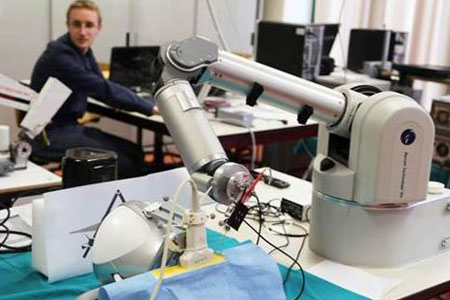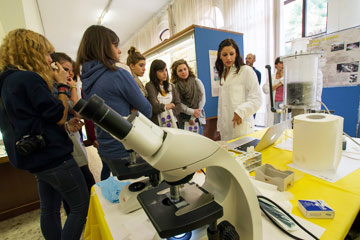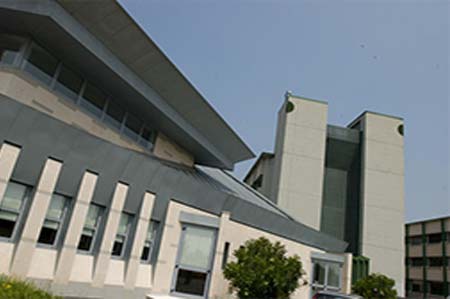People affected by Cerebral Palsy suffer from physical disabilities due to irreversible neural impairment since the very beginning of their life. Difficulties in motor control and coordination often relegate these patients to the use of a wheelchair and to the unavoidable upcoming of disuse syndromes. As pointed out in recent literature, physical exercise, especially in young ages, can have a deep impact on the patient health and quality of life. For training purposes it is very important to keep an upright position, although in some severe cases this is not trivial. Many commercial mobile orthoses are designed to facilitate the standing, but not all the patients are able to deploy them. ARGO, the Active Reciprocated Gait Orthosis that we developed, is a device that overcomes some of the limitations of these devices. It is an active device that is realized starting from a commercial reciprocated Gait Orthosis applying sensors and actuators to it. With ARGO we aim at developing a device for helping limbs in a non-coercive way accordingly to user’s intention. In this way patients can drive the orthosis by themselves, deploying augmented biofeedback over movements. In fact Cerebral Palsy patients usually have weak biofeedback mechanisms and consequently are hardly inclined to learn movements. To achieve this behavior ARGO deploys a torque planning algorithm and a force control system. Data collected from a single case of study shows benefits of the







